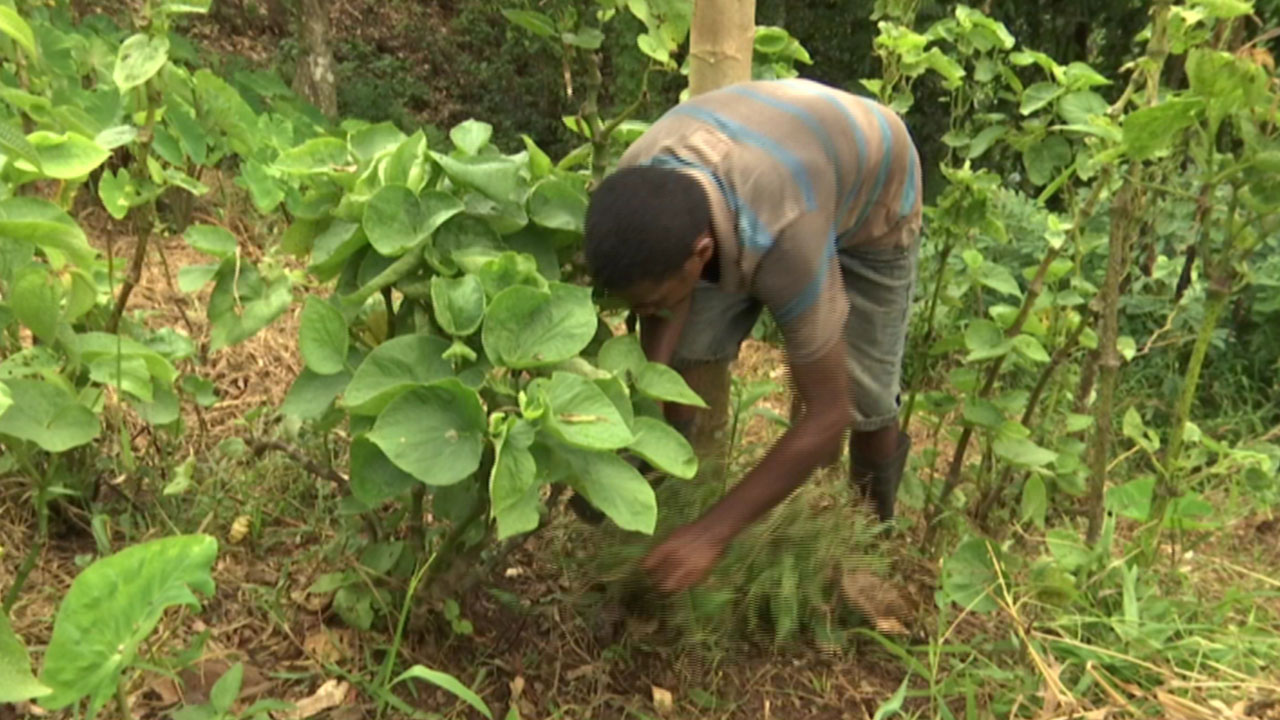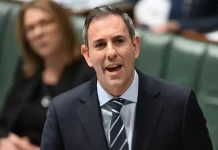The majority of kava farmers in Fiji are facing issues with the dieback disease.
This was highlighted during the Regional Kava Development Strategy and Geographical Indication (GI) for Kava meeting currently held in Nadi.
Lami Kava General Manager Edward Hoerder explained the gravity of the situation, noting that dieback disease poses a significant challenge to local farmers, particularly those engaged in commercial-scale production.
Hoerder said the disease, known for its detrimental effects on kava plantations, has emerged as a major impediment to sustaining optimal levels of production.
“Kava dieback is a disease that affects kava plants and a lot of farmers have been hit by it. It kills the plant. And the only way to stop it is to kill the rest of the plants. Once it transfers, it can decimate large farms quickly.”
Despite the concerning backdrop, Hoerder expressed his interest at the ongoing efforts by the Pacific Community (SPC) in combating this agricultural menace.
He called for further developments in this arena to mitigate the adverse effects of dieback disease on Fiji’s kava industry.
Representing the Cakaudrove Farmers Association Emosi Vaivai echoed similar sentiments, stressing the critical need for discussions to extend beyond meeting rooms and directly reach the farmers on the ground.
Vaivai said the pivotal role farmers play as the primary producers, advocating for their inclusion in decision-making processes to effectively address the challenges they face.
“In order to achieve quality, they should be brought to the grassroots level they should know what quality is.”
Throughout the meeting, participants were reminded of the collective responsibility shared by all stakeholders in fostering a sustainable and flourishing kava sector.
While opening the workshop on the Implementation Plan of the Regional Kava Development Strategy and the Geographical Indication for Kava, deputy Prime Minister Manoa Kamikamica highlighted the vulnerability of Pacific kava to exploitation.
“The absence of a robust system to protect the geographical indication of Pacific kava makes it susceptible to exploitation and misrepresentation by others. Recent media reports have highlighted instances where kava has been successfully cultivated and harvested outside the region, in the United States, and potentially other areas worldwide.”
He was “pleased to note that Pacific senior officials have elevated geographical Indication as a stand-alone strategic priority under the Kava Regional Strategy.”
This is part of the united one blue pacific KAVA approach.















